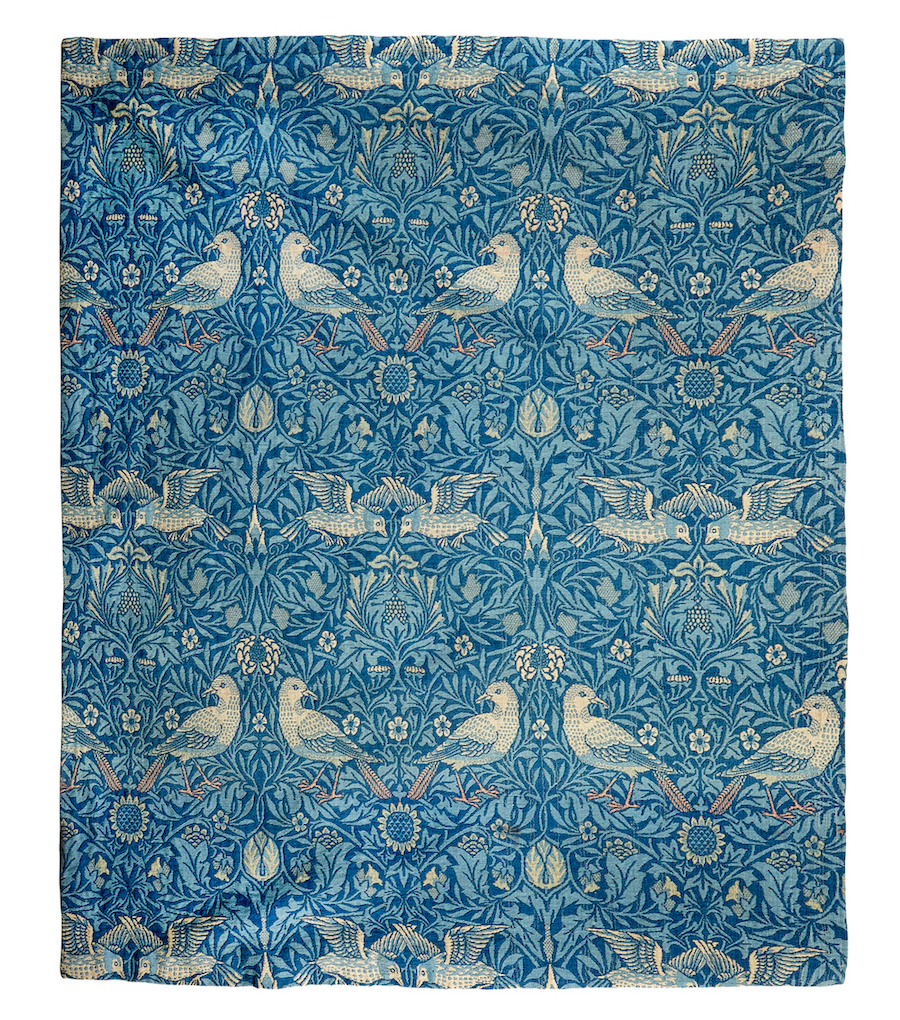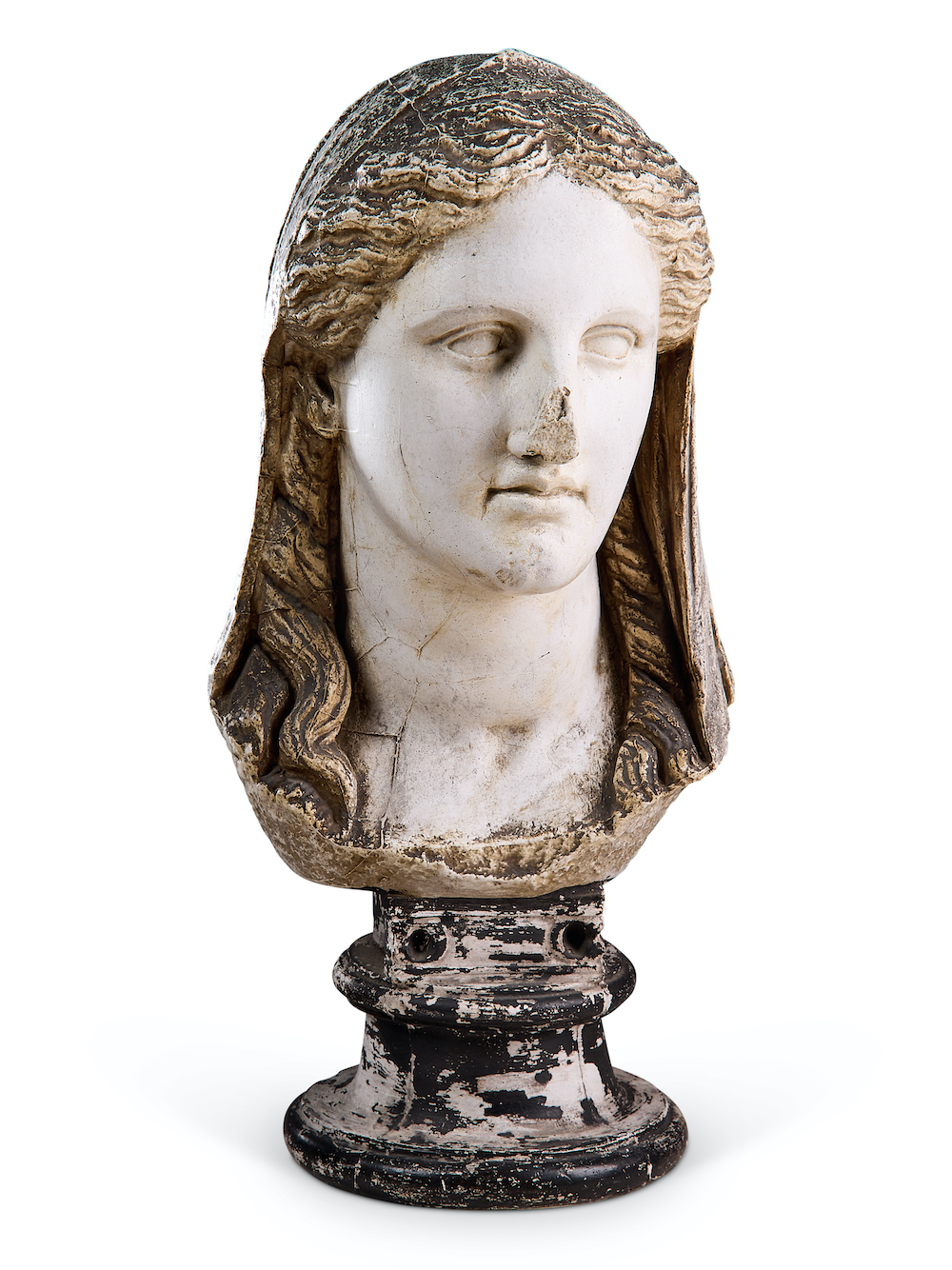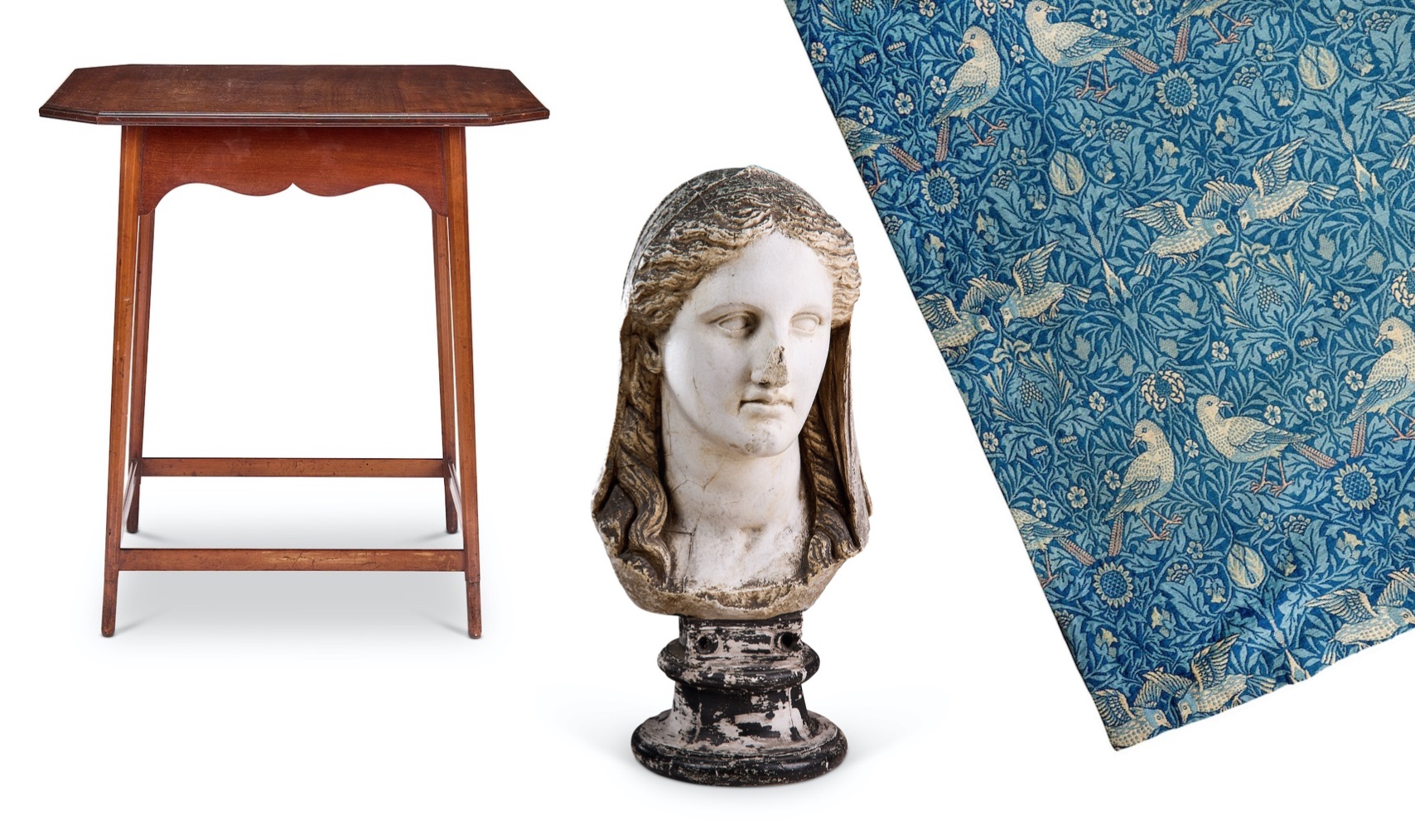#Sir #Edward #BurneJones #items #sale #Antique #Collecting
Works passed down through the family of one of the greatest artistic figures of the 19th century, the Pre-Raphaelite painter and designer, Sir Edward Burne-Jones (1833–1898), exceeded expectations yesterday when the contents of Gatewick House in Sussex were offered for auction.
The works came from the Yorke family, who purchased the historic manor house in 1953, when David Yorke (1919-1997) married Anne Mackail (1922-1984), the great-granddaughter of Edward Burne-Jones.

Joe Robinson, Dreweatts Head of House Sales & Collections, said: “Sir Edward Burne Jones-remains an iconic figure in the world of art, therefore it has been a privilege to present works which had such a personal connection to him. It is collections like those at Gatewick which, when unlocked for sale, create an excitement for collectors who are compelled by objects which tell a historic narrative. We are delighted with the results”
Among the works was a bird pattern textile hanging by the famed English designer and artist William Morris (1834-1896), a lifelong friend of Burne-Jones, which sold for £6,048 against a pre-sale low estimate of £2,000. Burne-Jones and William Morris met as undergraduates at Oxford in 1853 and dedicated their lives to the arts, becoming hugely successful both in their own right and in their collaborative projects.

Burne-Jones designed furniture, tapestries, stained glass, jewellery, theatre sets and fine art, which would lead to him becoming an associate of the Royal Academy in 1885. Morris founded the furnishings and decorative arts company Morris & Co. which focused on the Medieval aesthetic, with hand craftsmanship and traditional textile arts as its main focus. Both artists would have a profound effect on interior decoration and the decorative arts and still do to this day, with Morris designs still offered by Sanderson & Sons and Liberty of London.
The textile hanging featuring birds in a recurring pattern, is instantly recognisable as an original William Morris design from circa 1877 and 1878. It was first hand-loom jacquard woven at Morris & Co. headquarters at Queen Square in London and later at Merton Abbey in Surrey (where Morris took on premises). In November 1879 Edward Burne-Jones ordered a set of bed hangings in this pattern and it is possible that this hanging may have formed part of this order. It was owned by Edward Burne-Jones and passed to his daughter Mrs J W Mackail née Margaret Burne-Jones (1866-1953), then passed down by descent to her daughter Clare Mackail (1896-1975) to the current generation.
An occasional table attributed to the chief furniture designer and wood carver at Morris & Co. George Washington Jack (1855-1931), featured a label that read: ‘William Morris used to work at his designs for the Kelmscot Chaucer in the studio at The Grange on Sunday Mornings while my father Edward Burne-Jones worked at his drawings for the same book. Morris used this table’, which tells us that the table belonged to Burne-Jones and was used by him at his family home and garden studio, The Grange in Fulham, London, where he resided from 1867-1898. It sold for £10,080 against a pre-sale low estimate of £6,000.
The table was a popular model, with clients purchasing it from Morris & Co. in the late 19th century (another similar walnut table is in the St. Louis Museum of Art) and it was therefore even more exciting to have the actual model that Burne-Jones used in his own home in the sale. Originally of Scottish and Irish descent, Washington Jack worked at several architectural practices in Scotland and London before joining Philip Webb’s firm as a draughtsman and site architect in 1882. It was Webb who introduced Jack to William Morris and from 1885 Jack began to work for Morris & Co. as chief designer, while simultaneously working for Webb. He was elected a member of the Art Workers Guild in 1906 and exhibited at the Arts & Crafts Exhibition Society. The table dated from c.1890 and was in Washington Jack’s preferred 18th-century revival style.

A late George III Irish green, black and gilt Japanned ‘royal portable harp’ that belonged to Edward Burne-Jones’ daughter Margaret (1866-1953), also featured in the sale, selling for £4, 032 against a pre-sale low estimate of £1,000. Decorated all over with shamrock gilding, it was made by famed royal musical instrument maker John Egan (active in Dublin 1804 to 1838), considered the ‘father of the Irish harp’. Egan successfully revolutionised the use of the harp by creating ‘portables’, which were in a new romantic style. He diverted away from the traditional Irish harp by adding a ditaltuning mechanism and pliable catgut strings (which were used in European pedal harps). Some of the best examples bear Egan’s name inscribed on a brass plaque that proclaims ‘Maker-by Special Appointment to his Most Gracious Majesty George IVth‘.
Egan’s portable harps such as the one sold, are extremely rare and out of approximately 2000 that he made, only 37 are still known to exist. A comparable harp with a similar paper label to this one is held in The National Trust Collection at Snowshill Manor and Garden, Gloucestershire. Other examples are in the collections of the Victoria and Albert Museum, London, The Fitzwilliam Museum, Cambridge, the Smithsonian, Washington D.C and the National Museum of Ireland, Dublin.

A late 19th-/early 20th century plaster bust of a Goddess (possibly Demeter or Hera), designed after the antique, had pride of place in Edward Burne-Jones’ studio and sold for a staggering £3,780 against a pre-sale low estimate 0f £300. All of the above were offered in a sale titled Collecting Arcadia: The Collections from Gatwick and Trethill House which took place recently at Dreweatts. The family collection from Gatewick presented over 400 lots ranging from works by the Scottish artist Allan Ramsay (1713-1784), who was a painter to King George III and Michelangelo Maestri (d. 1812), whose most admired works are based on motifs from antique frescos discovered in Pompeii and Herculaneum, to fine furniture, objects of vertu and jewellery collected by and descended from numerous members of the Yorke and Burne-Jones families.





